Bridging the gap and connecting the global media spheres with local content and place, an architecture of communication spaces proposes a combined analog-digital infrastructure: publicly accessible interfaces between the global media space and the local urban place.
Public Media Urban Interfaces is an alternative scenario for the interplay of mass media in order to reinforce the function of public (urban) space. This project develops a hybrid urban network-space, a fusion of media space and urban space.
It emphasises the role of the public in an increasingly privatised society and occupies the vacuum in between the local and the global. The products of this alliance of urban and media networks are “hybrid” spaces that are at the same time analog and digital, virtual and material, local and global.
Public Media Urban Interfaces represents a prototype for a new interdisciplinary field of design and planning (‘Soft Urbanism’), researching the transformations of architectural/urban space of the emerging “information/communication age”, exploring the dynamic interaction of urbanism and the space of mass media and communication networks.
Publication Public Media Urban Interfaces @ Metalocus, Madrid, Spain, 17 November 2005
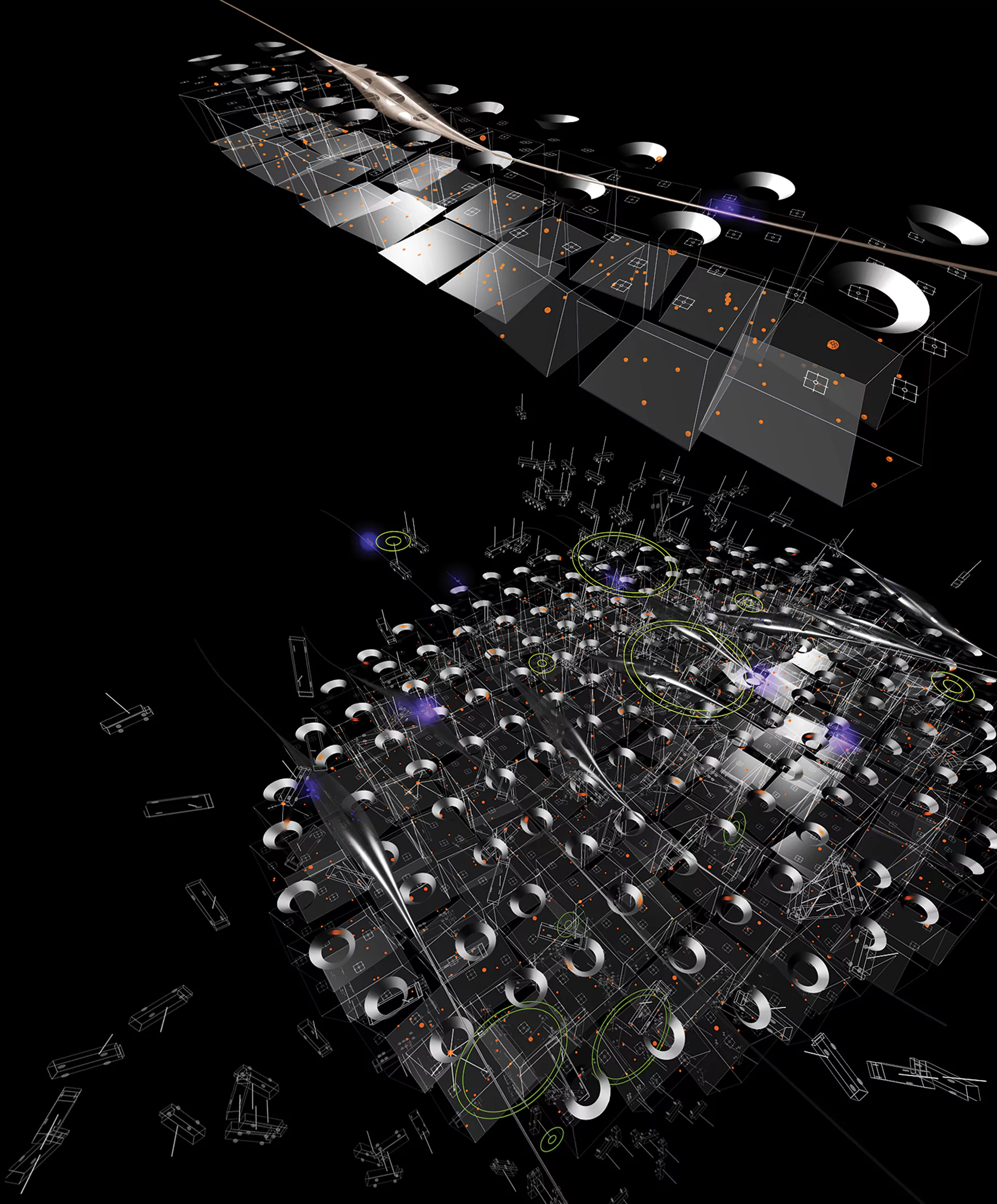
Soft
Urbanism
“The new city presupposes that the cables of the interhuman relations are switched reversibly, not in bundles as with television, but in real networks, respons(e)ibly, as in the telephone network. These are technical questions; and they are to be solved by urbanists and architects.” Villem Flusser 1990.
To reinforce the significance of public space, we have to deal with at least two “publics”, the global and the local public, by creating spheres where local and global public space can fuse and interchange.
Bridging the gap and connecting the global media spheres with local content and place, an architecture of communication spaces proposes a combined analog-digital infrastructure. “Public Media Urban Interfaces” is an alternative scenario for the interplay of mass media in order to reinforce the function of public urban space. This project develops, a fusion of media space and urban space. It emphasises the role of the public in an increasingly privatised society and occupies the vacuum between the local and the global. The products of this alliance of urban and media networks are “hybrid” spaces that are at the same time analog and digital, virtual and material, local and global.
This project represents a prototype for a new interdisciplinary field of design and planning (‘Soft Urbanism’), researching the transformations of the architectural/urban space of the “information/communication age”, exploring the dynamic interaction of urbanism and the space of mass media and communication networks. ‘Soft Urbanism’, dealing with the “soft” aspects of the city, not only intervenes in the realm of infrastructures, but also adopts their concept and paradigm: by supplying networks, ‘Soft Urbanism’ creates new fields of possibilities and frameworks for self-organisational processes.
Today, the communications with its “network-cities”, “nodes” and “terminal architectures” is infiltrating, transforming the architectural/urban discourse and practice. Within this framework, ‘idensity®’ is proposed as a conceptual tool for developing space in the information/communication age. It is a composite term which consists of the combination/fusion of the word “density” of real/urban and “virtual”/media communication spaces (density of connections) and of the word “identity”.
Public
Media
Urban
Interface
The local-based public ‘tele-feeder facility (at your neighbourhood laundrette)’, the primary unit of Public Media Urban Interfaces, enables the public to produce messages and to narrow-broadcast and receive them in a dynamic communication environment. Creating a locally-based dynamic media network from the bottom up, local events can be accelerated and reinforced to temporarily invade the glocal media space. This link between global media space and local place, having its interfaces in public space, makes it possible to broadcast, access, influence the global media environment from the (urban) local neighbourhood. A demo project, exploiting London’s urban tensions and structure.
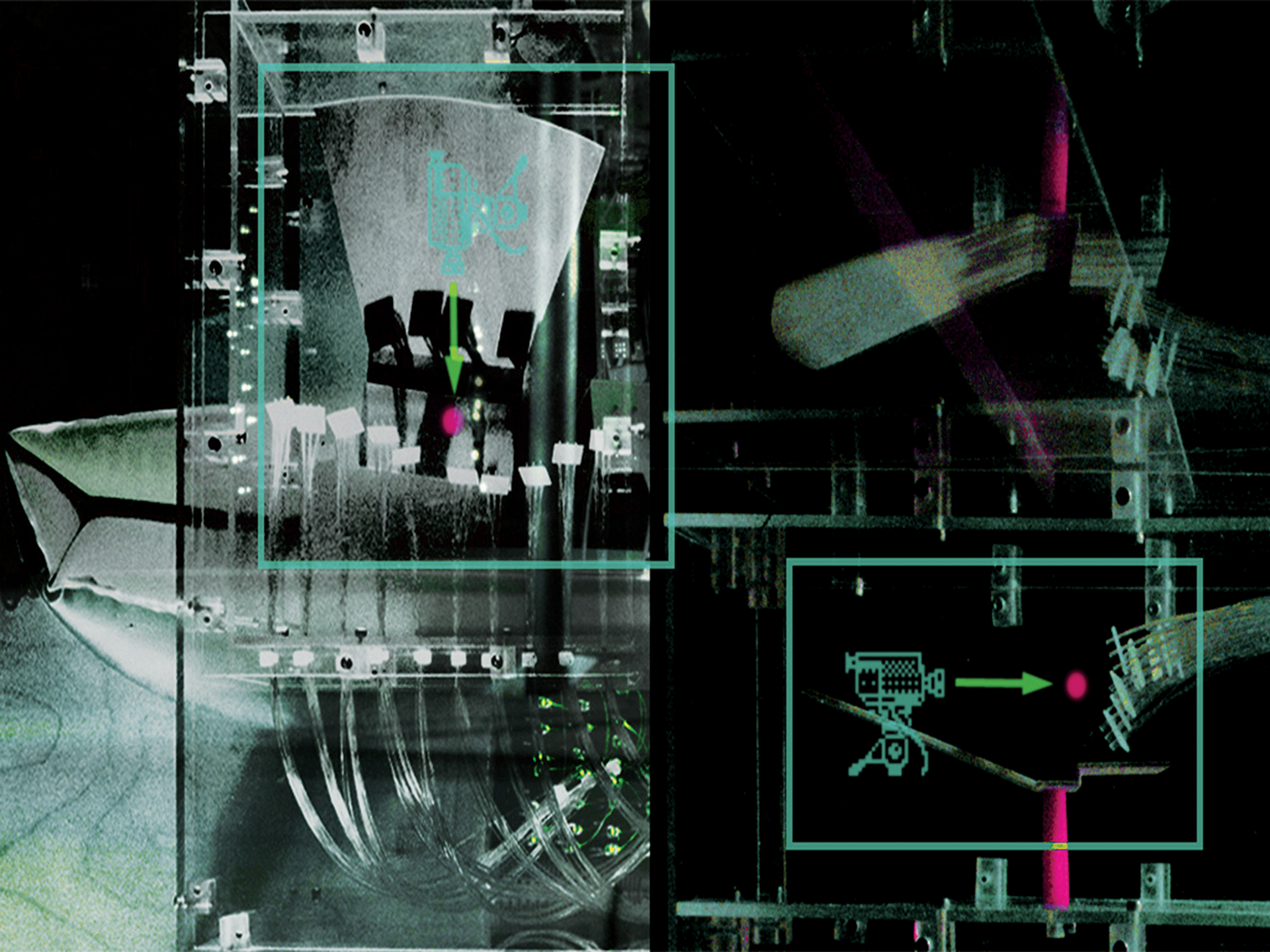
Media
Babies
128 feeder houses (Media Babies) distributed evenly over the sprawling London towns and interconnected by means of a digital network, supply 8 Bridge Clubs located on the Thames with a continuous stream of (non-)events. The Media Baby at your neighbourhood launderette consists of a Catching Gallery, two Intro Booths, a Debutantes’ Booth, a Connector Platform and a Microwave Transmitter. The Catching Gallery is the area where the public can view the activities of eight other Media Babies and one Bridge Club. Interactive technology enables the, public to intervene in those narrow-broadcasts but also creates the possibility to establish direct contacts, thus forming endless smaller networks within the larger framework of Public Media Urban Interfaces.
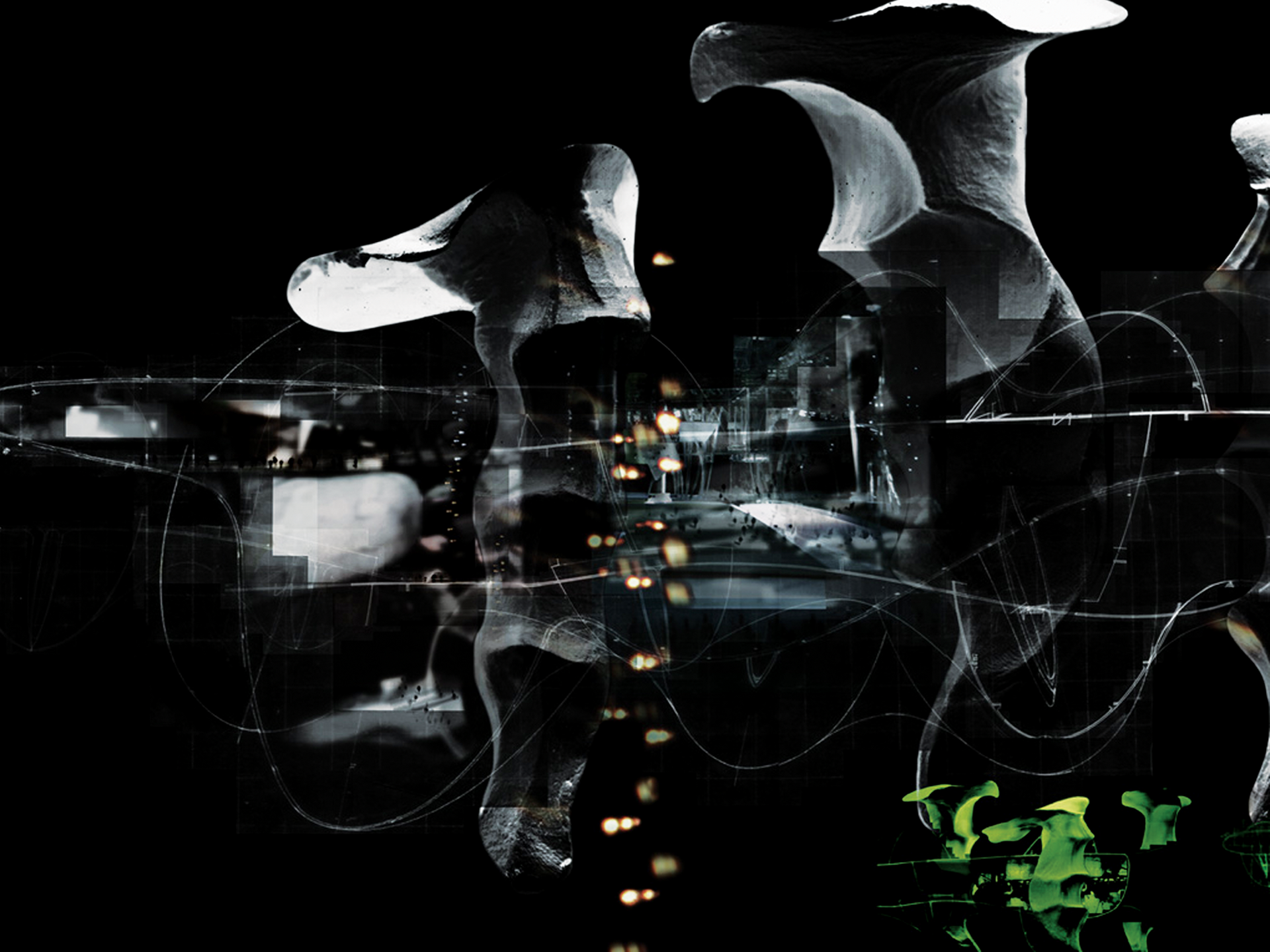
Bridge
Clubs
The Bridge Club, providing the space for public events on an urban scale, bridges the gap between programs meant for local distribution and those that deserve a larger audience. Using the larger broadcast facilities available to the Club, the selected programs are experienced and transformed to suit a mass audience.
Replace The Right To Vote With The Right To Broadcast
The publicly distributed ‘Air Time for All’ Smart Card allows you to produce and narrow-broadcast and also gives you the opportunity to adopt a message (not your own) by giving it extra Air Time. At the Media Baby in the neighbourhood, you will find the necessary programming facilities to make your program and the means to monitor it as it goes on the air. You can also accelerate messages (not your own) by giving them extra broadcasting time with the help of the special Smart-Card. And as a message gains strength, its chances of reaching a much larger audience increase, reaching more Media Babies, a Bridge Club, the city, Europe and the rest of the world. Replacing the right to vote, a right to narrow-broadcast is established.
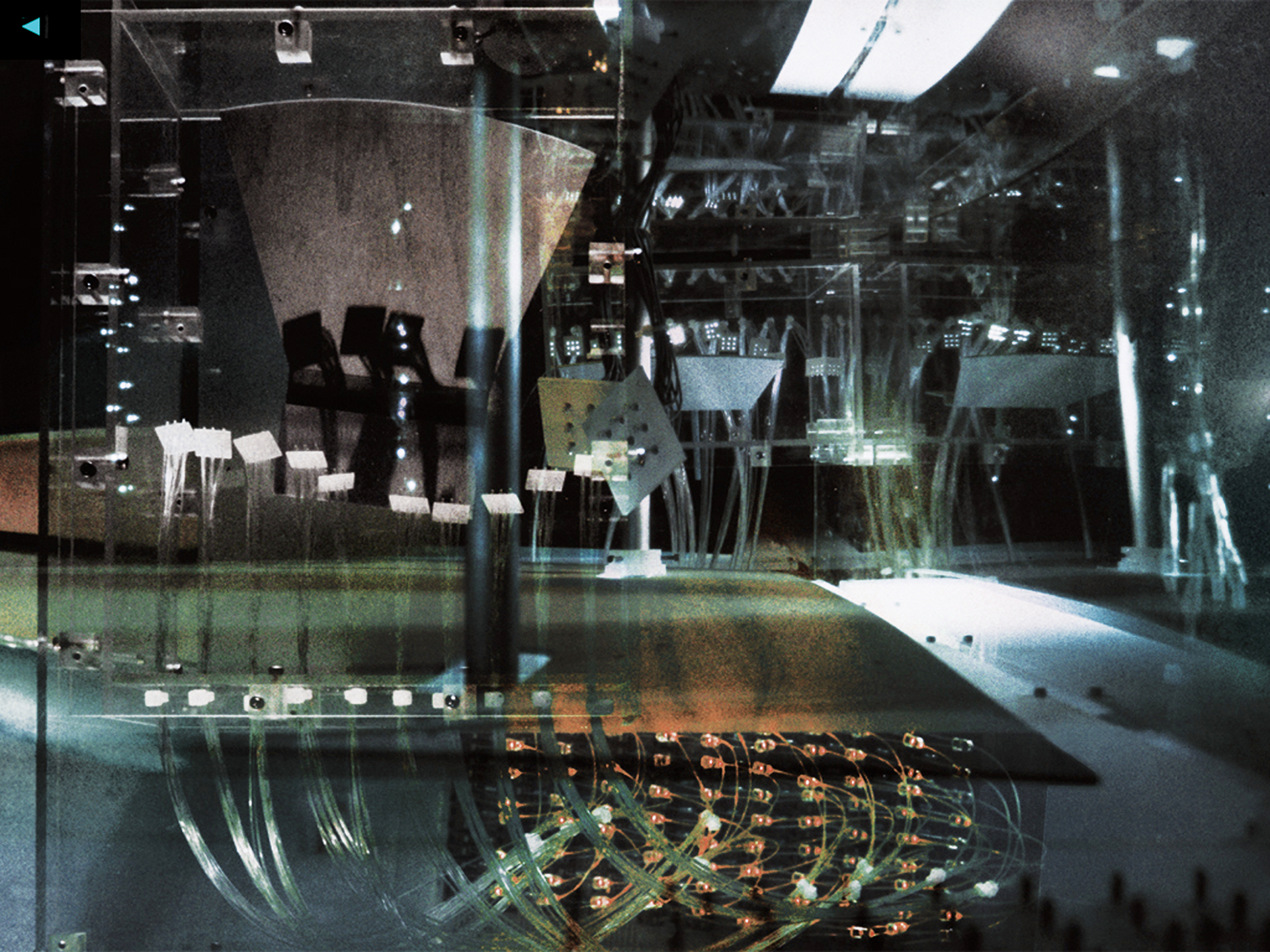
Soft
Urbanism
In architecture’s role of defining and materialising the spaces for social interaction, designing the relationship between the physical and digital public domain is becoming more and more of a challenge: investigating the relationship and interconnection of the “soft” city with its finite material counterpart, the living environment, speculating about interfaces between the “virtual” and the material (urban) world and designing hybrid (analog-digital) communicational spaces. Soft Urbanism deals with information/communication processes in public space, the soft aspects overlying the urban sprawl and modifying it: the invisible networks acting as attractors, transforming the traditional urban structure, interweaving, ripping open and cutting through the urban tissue, demanding interfaces. Soft Urbanism brings an inherently flexible approach by expanding the field of possibilities of social interaction and opening new paths of urban development. Soft Urbanism is therefore not about determining places, but about creating frameworks for processes of self-organisation. The interventions will not be about control and determination, but about expanding infrastructures, frameworks for processes of self-organisation. “Soft” strategies will be “bottom-up” strategies. According to biological models, these fields of interaction of plural forces could serve as a reservoir for the selection processes needed for the urban transformations.
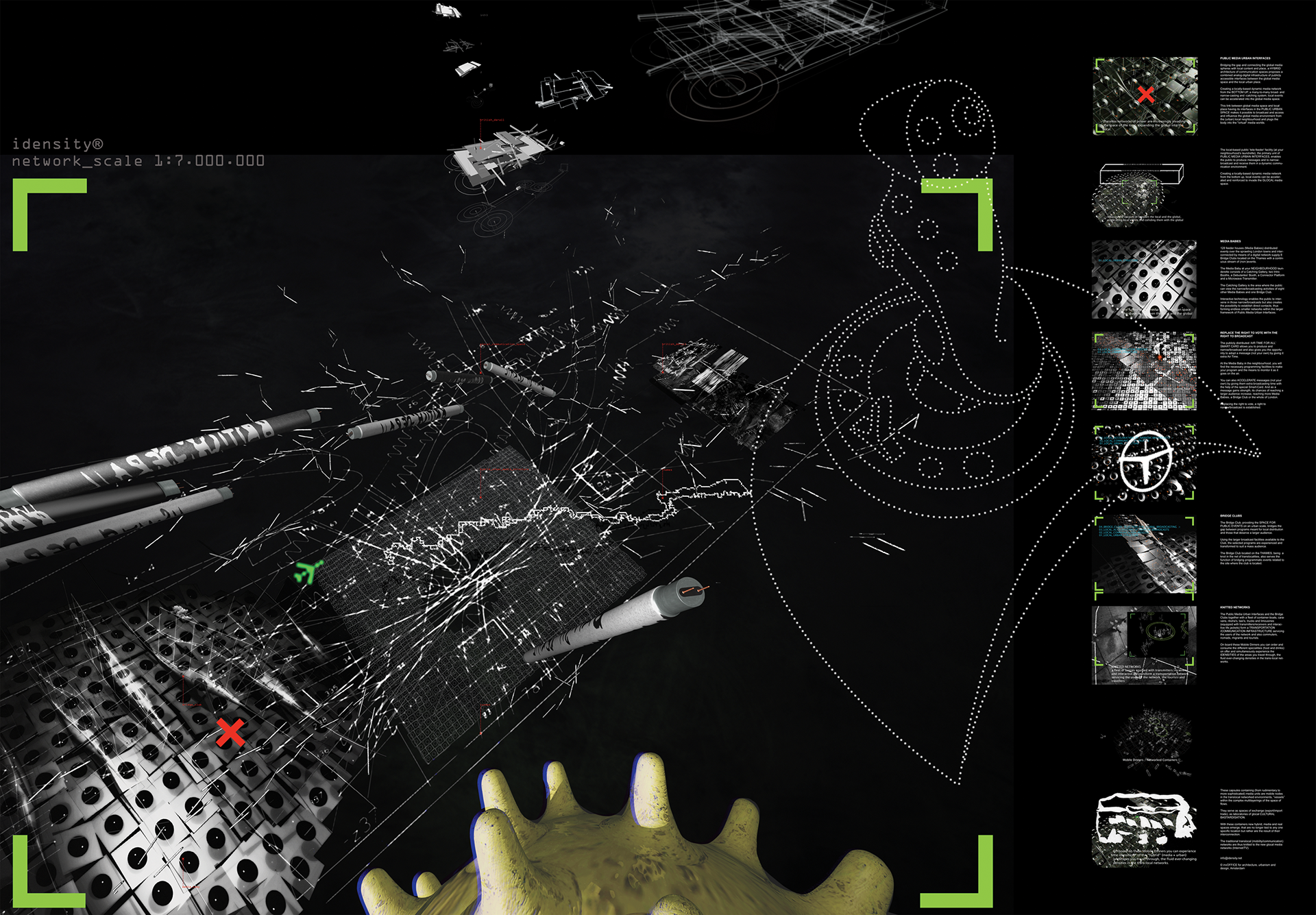
Mobile
Containers
The Public Media Urban Interfaces and the Bridge Clubs together with a fleet of container-boats, caravans, rickshaws, taxis, trucks and limousines (equipped with transmitters/receivers and interactive life jackets) form a transportation/communication infrastructure serving the users of the network and also commuters, nomads, and tourists. The traditional translocal (mobility/communication) networks are thus knitted to the new glocal media networks (Internet/TV). These capsules containing media units are mobile nodes in the translocal networked environments, “vessels” within the complex multilayerings of the space of flow. With these containers, new hybrid media and real spaces emerge, which are no longer tied to any one specific location but are rather the result of their interconnection.
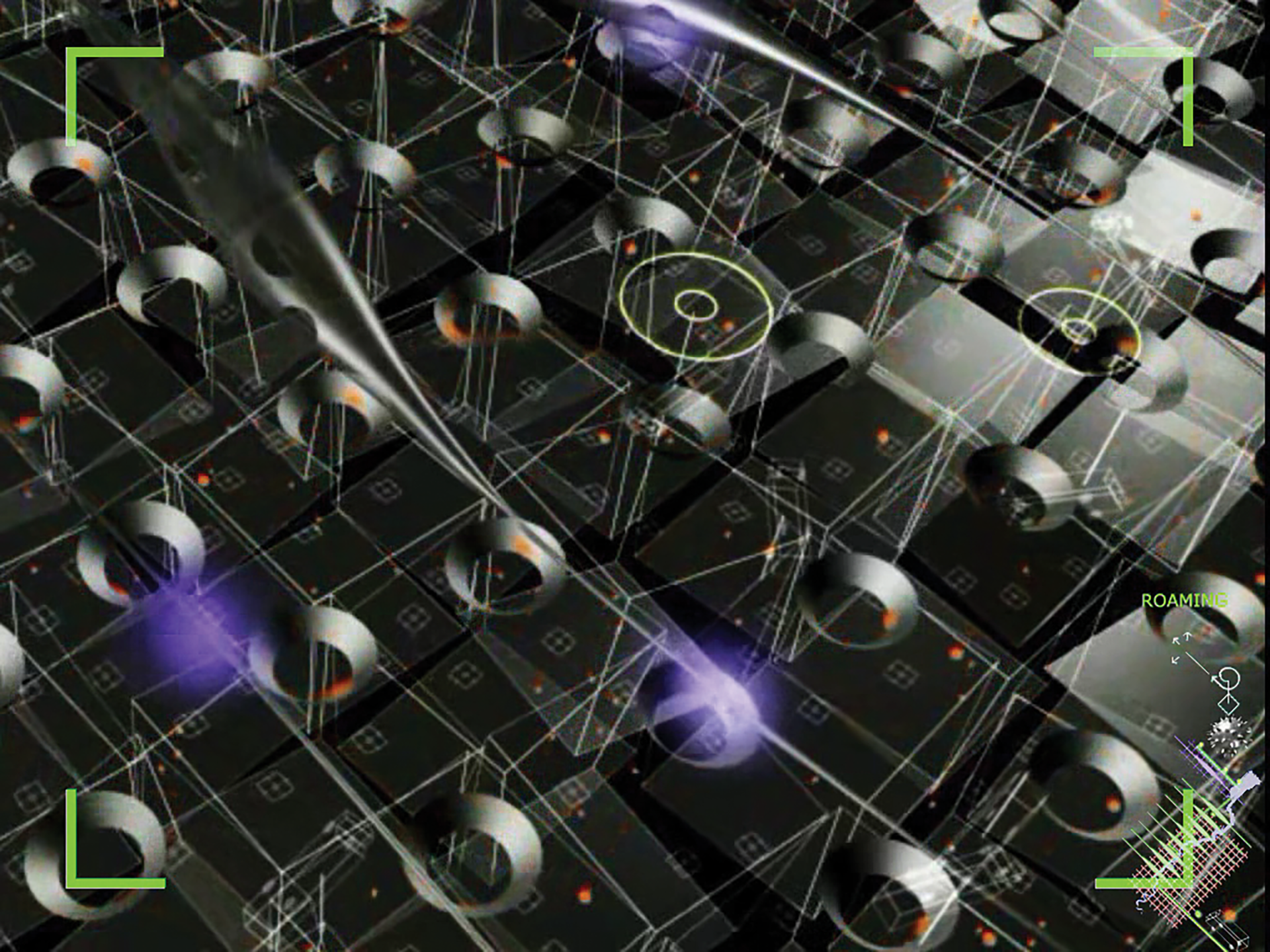
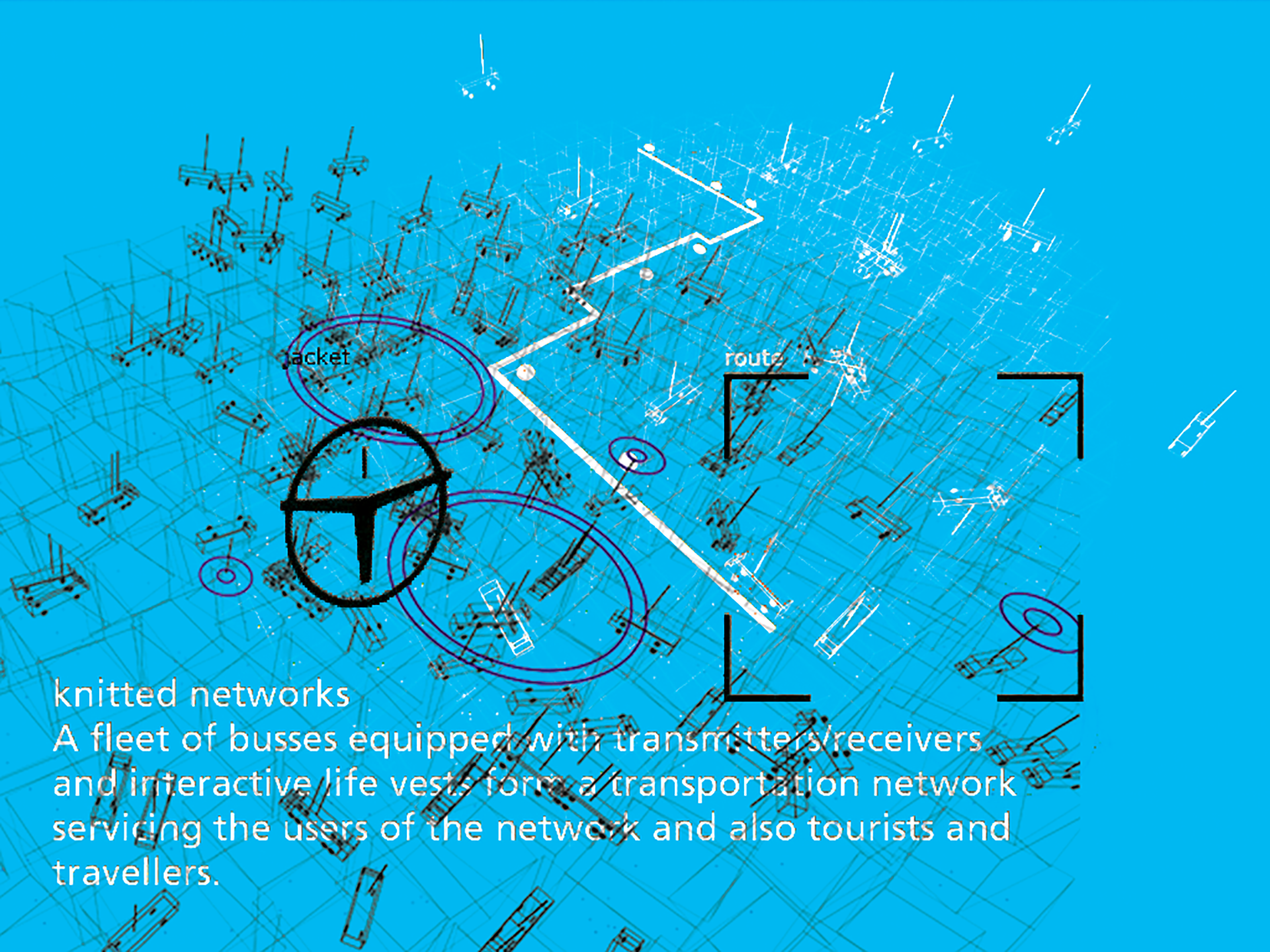
Urban
Idensity®
Within these new hybrid (“real” and media) landscapes, traditional categories for analyzing space are becoming obsolete. A new field of planning and design, combining town planning and architecture with information/communication networks and media spaces is emerging. It is a field that requires new tools and new research categories in order to develop the new hybrid network urbanities. In the contradictory dynamics of today’s urban environment with its antithetical tendencies of concentration and decentralisation, of functional mix and segregation, traditional terms of spatial distinction lose their validity. In this fragmented urban landscape, categories like “centre” versus “periphery”, “landscape” versus “city” and “functional zoning” (such as living, working and recreation), are becoming obsolete.
The polarity between private and public space is disintegrating. Public and private environments are becoming intermingled and blurred in the fusion of media and “real” space. We see this in the hybrid spaces of the publicly broadcasted (inverted) privacies of reality TV and “Big Brothers,” in the media presence of war intruding in our living rooms and in the private (communication) space of mobile telephony within public urban space. To understand this fusion, this superimposition and the interaction of media and “real” urban spaces, the new term ‘idensity®’ has been introduced, replacing the obsolete conventional terms of spatial distinction. !density® does not differentiate between information/communication networks and urban/architectural environments. ‘Idensity®’ integrates the concept of “density” (density of connections, density of physical and digital infrastructure, density of communication spaces, etc.) with the concept of “identity” (image policies, urban brands, etc.). It can, for example, help in understanding the processes of spatial segregation and distinction between urban fragments that have qualities of ‘global’ performance and that can be seen as part of a “global urban condition” and those other, sometimes neighbouring, (parts of) cities that lose relevance and disappear from (global) mental maps. An operative tool to steer the processes of urban development.
Therefore, it does not just address the “clear-cut identity, the particularity, the individuality of the traditional places or sites” but also the layered ‘idensities’ of the “non-lieux”(1) [“non-places”] of today’s generic cities, which are to be found especially in the realms of mobility and consumption (airports, hotels, shopping malls, motorway rest areas, etc.). It does not refer only to object-qualities but describes a field of superimposed (communication) spaces: the branded space of the chain-shop, the symbolic space of the traditional building the shop is located in, the media space of teleshopping, the communication space of the GSM… This new term is implemented to describe and analyse the communication spaces of the coming “network society”, a society not so much based on the traditional, relatively static structures of belonging in a family, corporation or state, but on flexible, dynamic, ever-changing networks of exchange and communication. It carries the discussion on the urban from the morphological level of a formal description of the network patterns of the “network city” to a more integrated structural understanding of the networks of spaces for social communication.
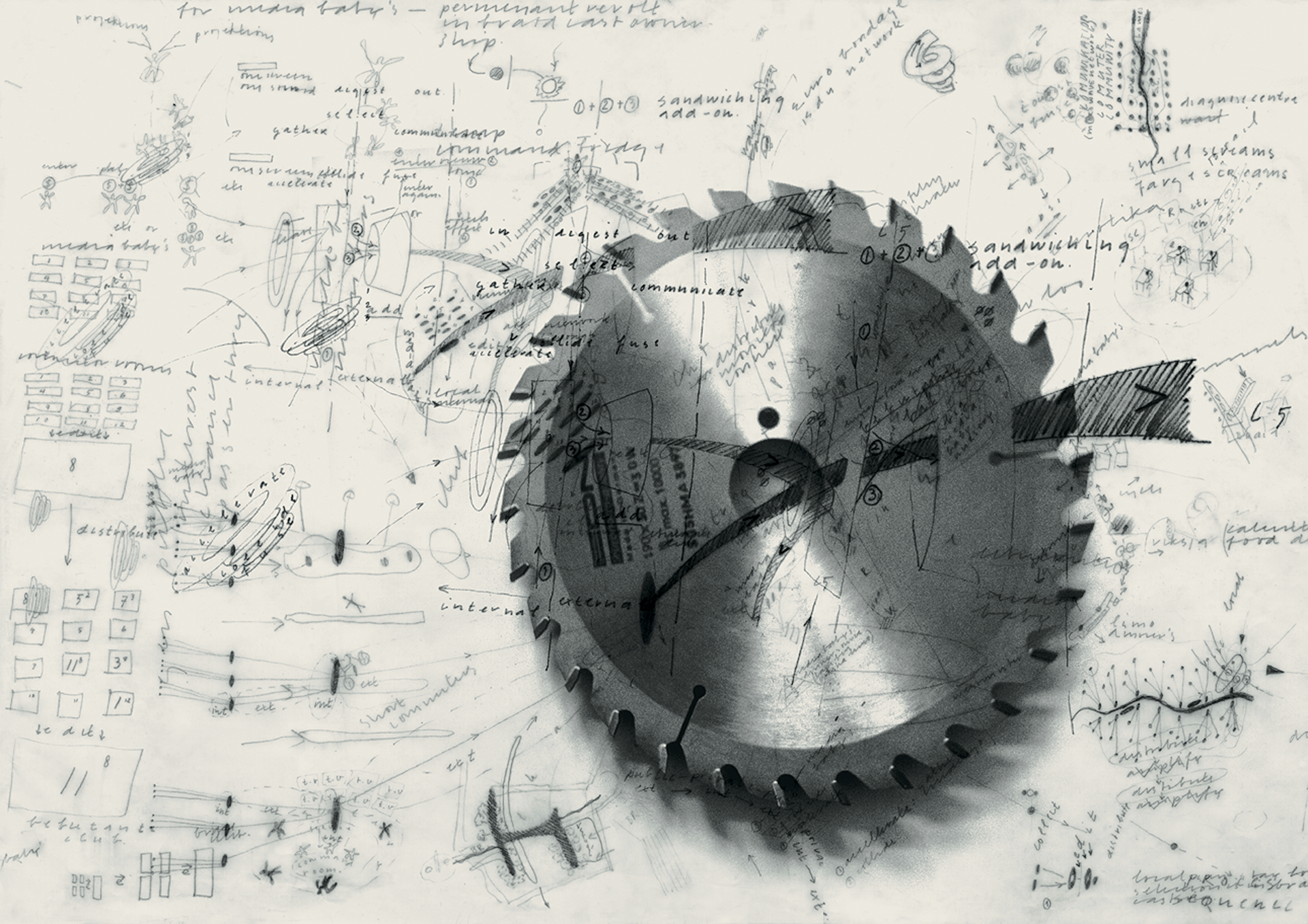
Inversions
of
Privacy
Idensity®
of
the
Urbanite
According to the traditional (Bourgeois) concept of privacy, identity is based on private individuality. As John Lucaks writes “Domesticity, privacy, comfort, the concept of the home and of the family L.] are, literally, principal achievements of the Bourgeois Age.’,2) The notion of the “privy chamber” emerged in 17th century English literature at the same time as new private physical spaces came into being, when the introduction of the corridor layout in English interiors of the 17th century enabled the development of “private quarters.” But the expression “privy chamber” is also used metaphorically for the soul. The “privy chamber” is the container of (private) identity.
In the last year of the 20th century, “Big Brother,” the notorious reality-soap (with its networked container) was launched in Holland and was cloned and copied all over the planet. “Big Brother” shocked people profoundly and became a prime topic of debate in the media, from popular talk shows to scholarly journals (“Is this the End of Our Civilization?”). What was shocking in “Big Brother” was the broadcasting (the inversion) of privacy. The participants of the soap defined their identity not in the “privy chamber” but in the public networked environment of the broadcasting-container.
In the same year, 1999, a big campaign was launched in Holland. On most billboards, men and women, youngsters and the elderly – in short, average Dutch people – were declaring “ik ben Ben.” This was not the mass expression of an identity crisis, but an advertising campaign for the launch of the new GSM company called “Ben,” targeting the public at large. The slogan was based on a simple play on words; “ben” means “am” in Dutch and “Ben” is a common man’s name as well as the name of the mobile phone company. But what makes this slogan such an interesting expression of our times is its definition of identity (I am: lk ben) as connectivity (“Ben” being the network provider) with the ‘idensity®’ of the urbanite being defined as the density of the (superimposed media/”real”) communication spaces.
In February 2000 the following was announced: “Ik Ben een jaar”. This advertising slogan expresses, in a very direct way, nothing other than a new view of subjectivity and identity. Villem Flusser, the philosopher of communication, would write: “The new image of man looks roughly like this: we have to imagine a network of interhuman relations, a ‘field of intersubjective relations.’ The strands of this web must be conceived as channels through which information (ideas, feelings, intentions and knowledge, etc.) flows. These strands get temporarily knotted and form what we call ‘human subjects.’ The totality of the threads constitutes the concrete sphere of life and the knots are abstract extrapolations. […] The density of the webs of interhuman relations differs from place to place within the network. The greater the density, the more ‘concrete’ the relations. These dense points form wave troughs in the field […]The wave troughs exert an ‘attractive’ force on the surrounding field (puffing it into their gravitational field) so that more and more interhuman relations are drawn in from the periphery. […] These wave troughs shall be called ‘cities.'”
The term ‘idensity®’ is a conceptual tool for researching and developing (social) space in the information/communication age.
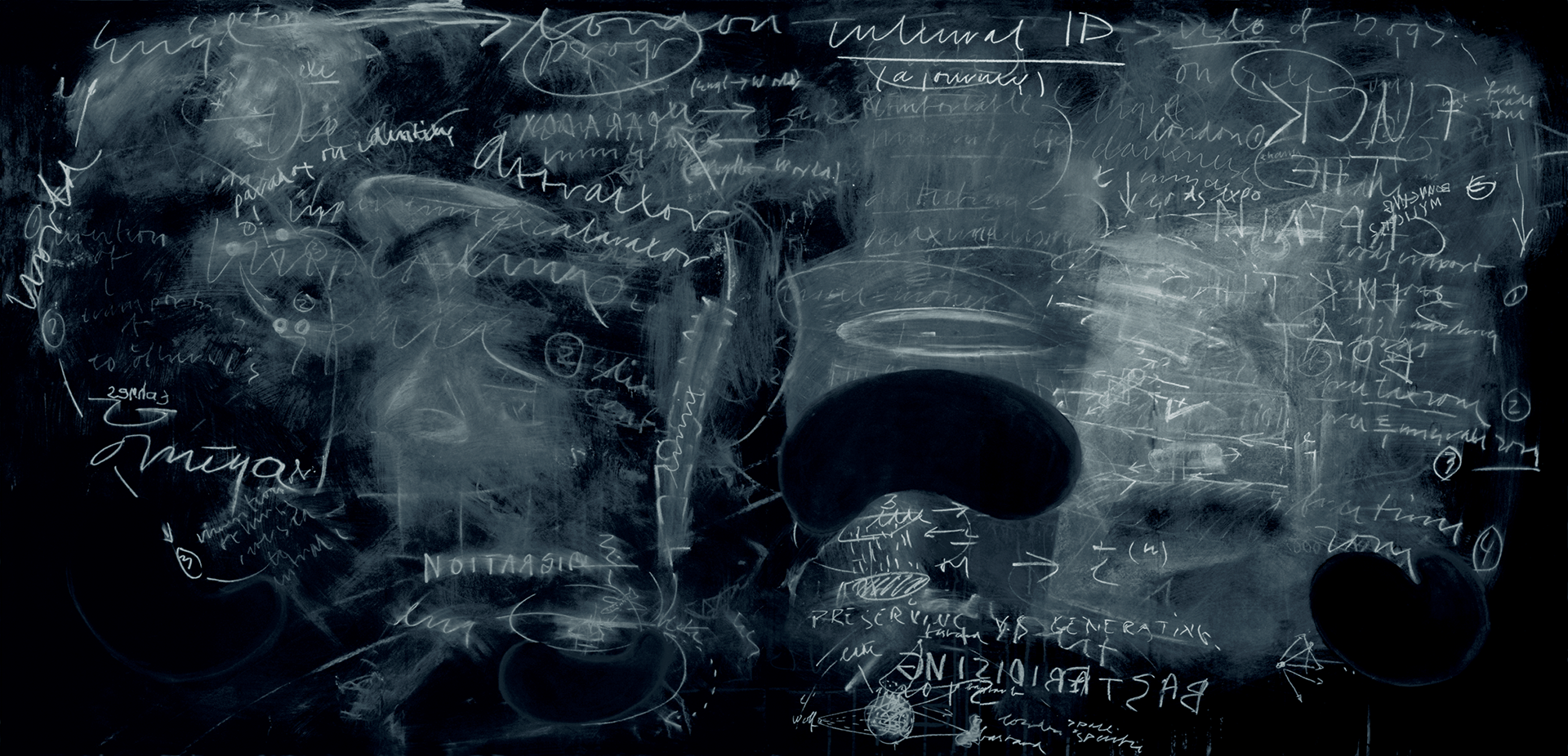
Idensity® is a conceptual tool for researching and developing (social) space in the information/communication age.
related PROJECTS
related PRESS
